Product Description
The process flow of compound fertilizer production line can usually be divided into: raw material batching, raw material stirring, raw material granulation, particle drying, particle cooling, particle grading, finished product coating, and final product packaging.
Product features:
This equipment has low investment, fast effectiveness, and good economic benefits. The layout of the complete equipment process is compact, scientifically reasonable, and technologically advanced. Energy saving and consumption reduction, no discharge of three wastes, stable operation, reliable operation and convenient maintenance. Wide adaptability of raw materials, suitable for granulation of various raw materials such as compound fertilizers, pharmaceuticals, chemicals, feed, etc., with high product granulation rate. It can produce various concentrations and types of compound fertilizers (including organic fertilizers, inorganic fertilizers, biological fertilizers, magnetized fertilizers, etc.).
Production process diagram:
1. Raw material ingredients: urea, ammonium nitrate, ammonium chloride, ammonium sulfate, ammonium phosphate (monoammonium phosphate, diammonium phosphate, heavy calcium, superphosphate),
potassium chloride (potassium sulfate) and other raw materials are prepared in a certain proportion (according to market demand and soil testing results in various regions).
2. Raw material mixing: Mix the prepared raw materials evenly to improve the overall uniform fertilizer efficiency of the fertilizer particles.
3. Raw material granulation: The evenly mixed raw materials are fed into a granulator for granulation (either a drum granulator or an extrusion granulator can be used).
4. Particle drying: The particles made by the granulator are fed into the dryer to dry the moisture inside the particles, increasing their strength and facilitating storage.
5. Particle cooling: The dried fertilizer particles have a high temperature and are prone to clumping. After cooling, they are easy to pack, store, and transport.
6. Particle classification: The cooled particles are classified, and the unqualified particles are crushed and re granulated to screen out the qualified products.
7. Finished film: Coating qualified products to increase the brightness and roundness of particles.
8. Finished product packaging: Bag the coated particles, which are the finished products, and store them in a ventilated place.

 Mobile/Whatsapp
Mobile/Whatsapp E-Mail
E-Mail





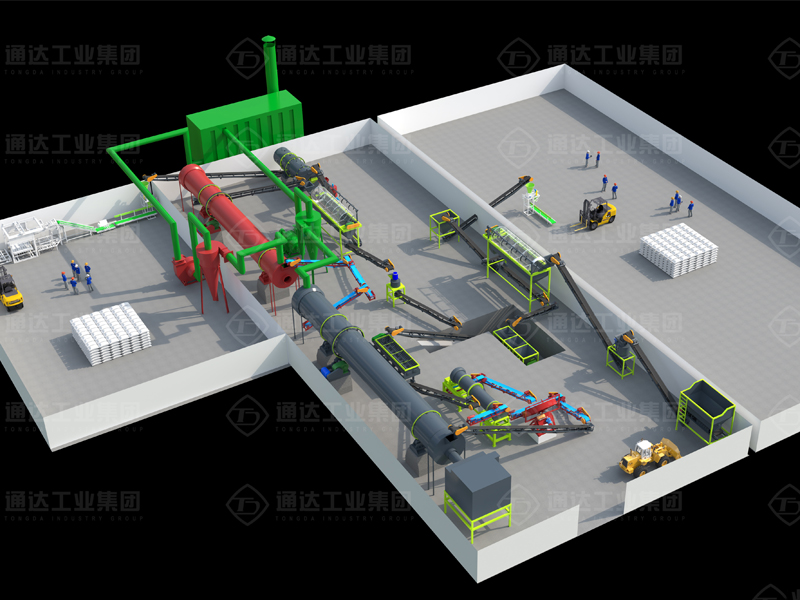
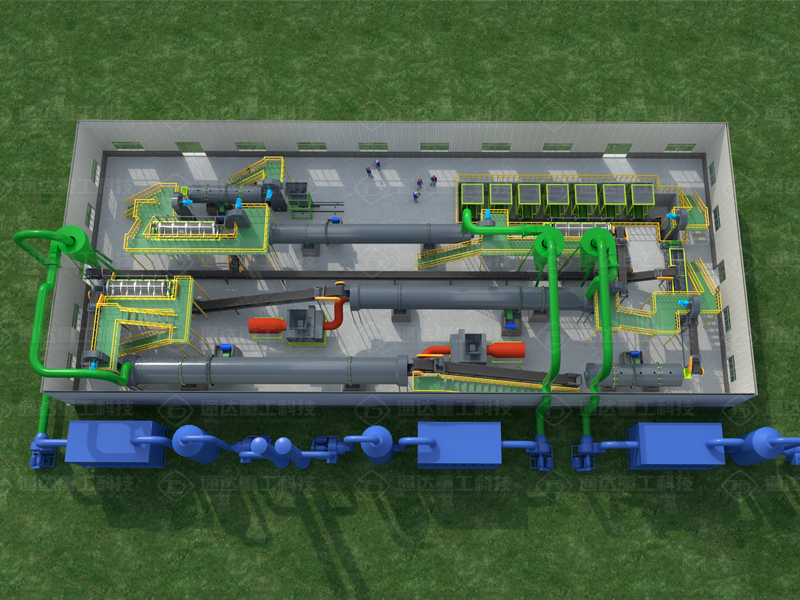
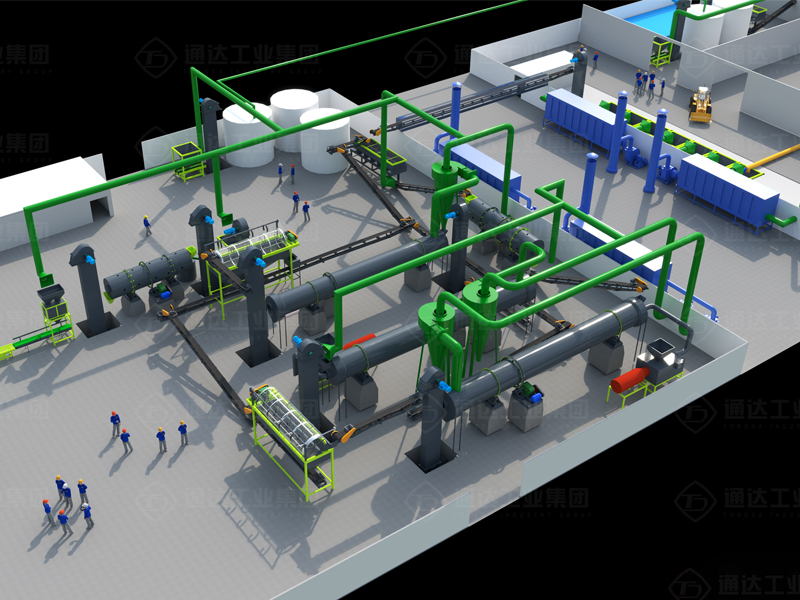
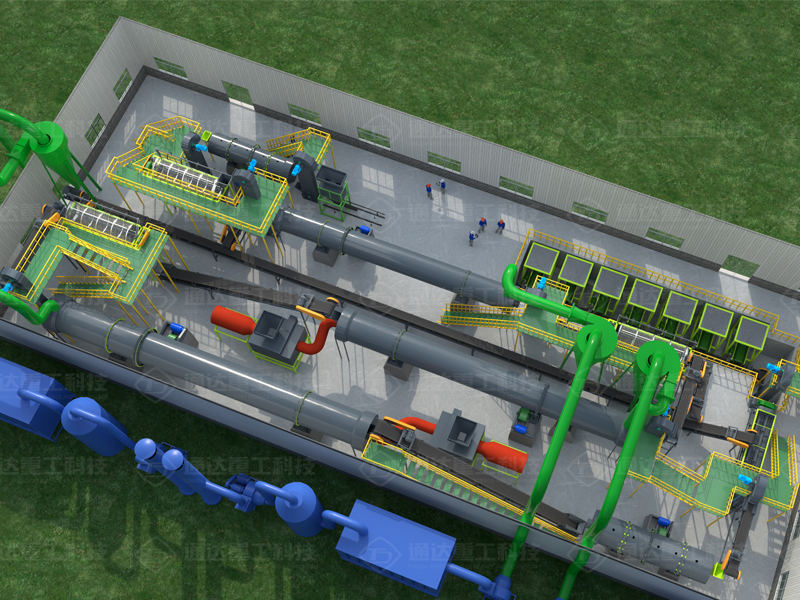
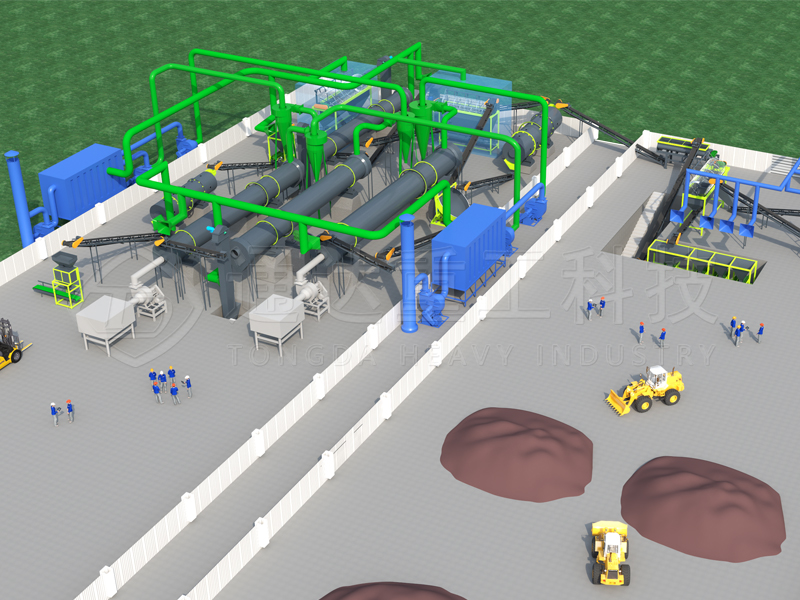
 Get Price
Get Price Send E-mail
Send E-mail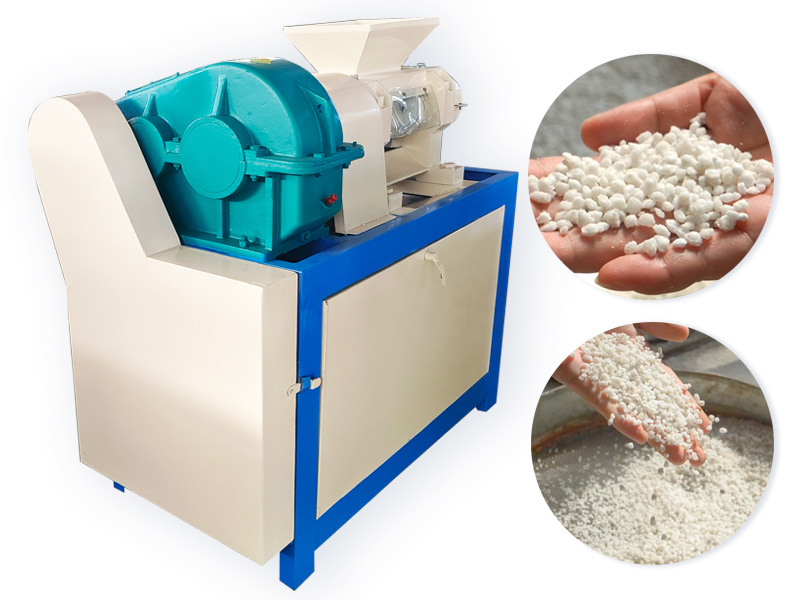
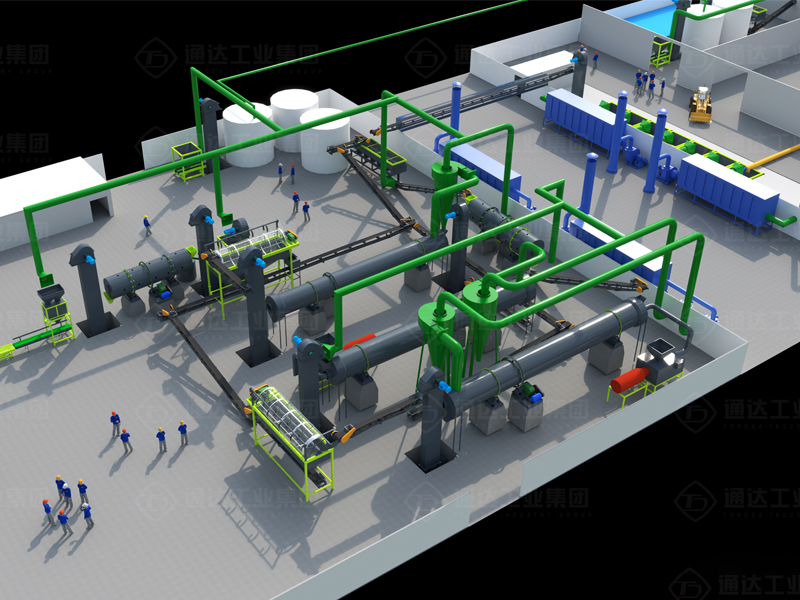
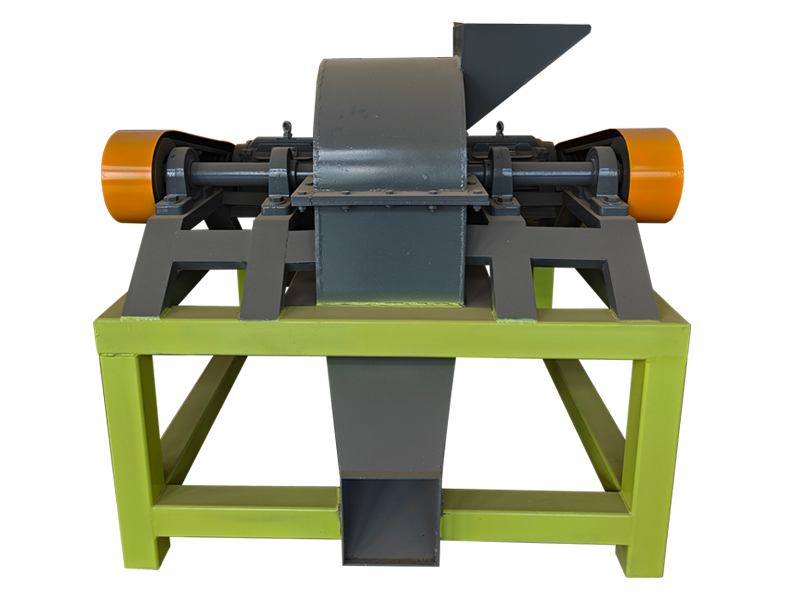
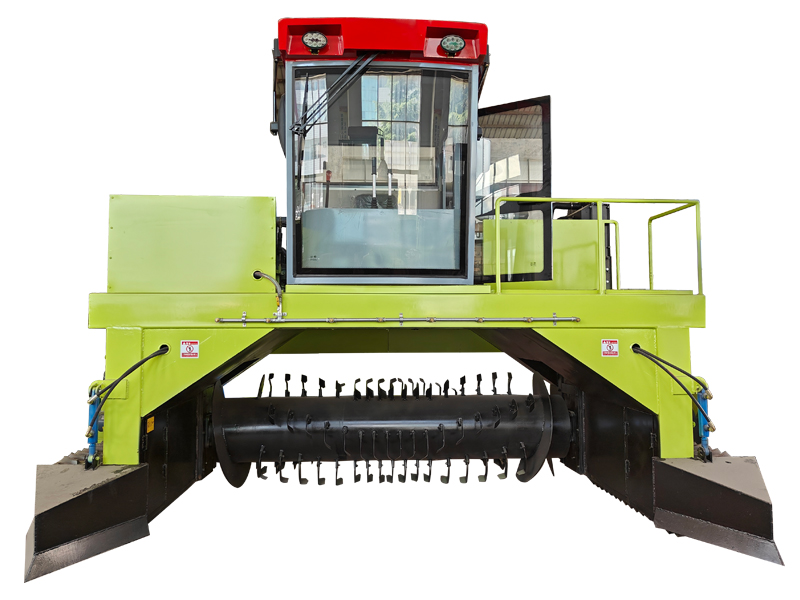

 Tel:
Tel: E-mail:
E-mail: Address:Longgang Development Zone Of Xingyang City, Zhengzhou City, Henan Province, China.
Address:Longgang Development Zone Of Xingyang City, Zhengzhou City, Henan Province, China.


